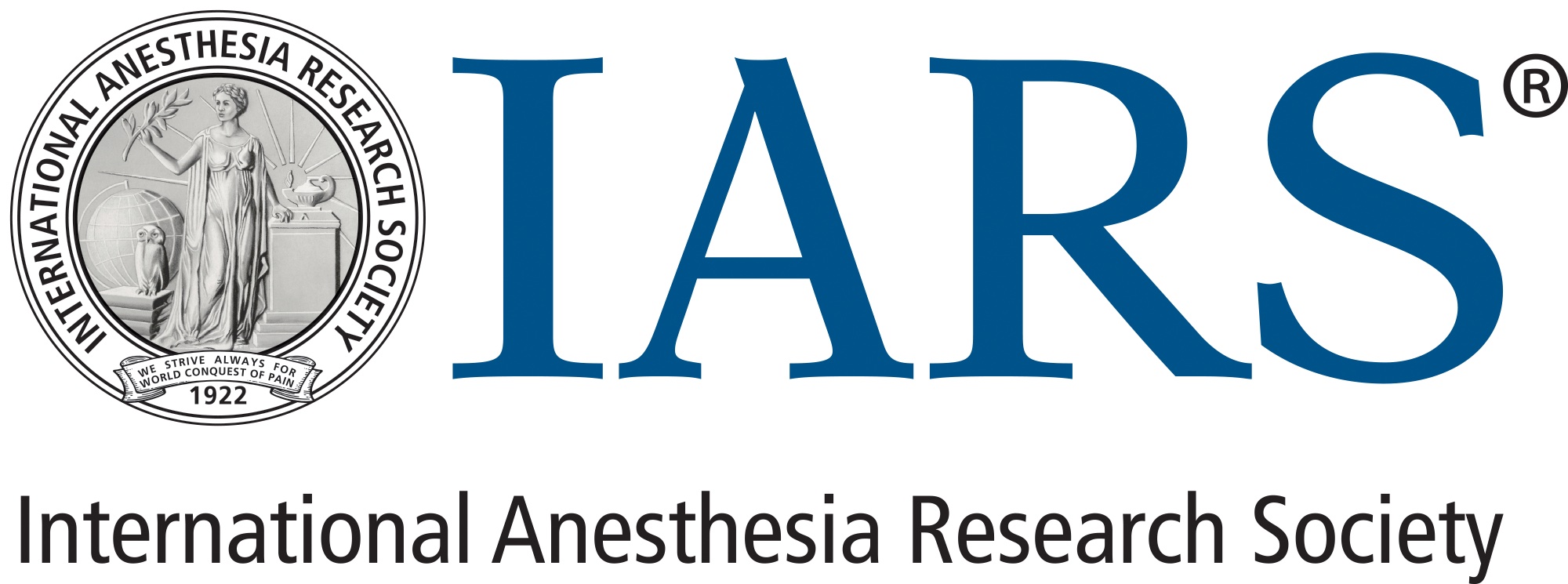Giving Anesthesia More Rizz: Addressing the Gender Gap in Anesthesia As Gen Z Enters the Field
Jordan Francke, MD, MPH
As a new generation begins to enter the field of anesthesiology, significant inequity across gender continues to persist. This topic was explored in depth by moderators Annery Garcia-Marcinkiewicz, MD, Assistant Professor at the Hospital of the University of Pennsylvania and Chief of DEI at Children’s Hospital of Philadelphia, and Kimberly Blasius, MD, Clinical Associate Professor of Anesthesiology at Wake Forest University School of Medicine, during their panel, “Generation Z Anesthesiology: An Evidence-Based Look at Transformations in The Workforce, Leadership, and Closing the Gender Gap Parity in Anesthesiology,” held Friday, March 21 at the 2025 Annual Meeting, presented by IARS and SOCCA.
The panel opened with a presentation by Lindsay Brown, MD, Clinical Assistant Professor and Pediatric Anesthesiologist at UCLA, exploring gender disparities in research. Dr. Brown highlighted that, while women now outnumber men as medical students, significant drop-offs occur along the continuum of assistant professor to associate professor and ultimately, full professor. This inequity persists even when being adjusted for by age, experience, and academic productivity. While female anesthesiologists have increased representation in authorship (particularly first- and senior-authorship) across the specialty’s highest impact journals between 2002 and 2017, most recent numbers still report less than a third of authors are female with a “stagnation” of progress. Even more striking, ~25% of first authors are female and only ~15% of senior authors are female.
She argued that COVID-19 significantly worsened the academic productivity disparity, with women assuming on average 8 more hours of additional childcare responsibilities per week compared to their male colleagues during the pandemic. Women authors may be disproportionately overrepresented in subspecialties that are often considered more “women-dominated,” such as pediatric and obstetric anesthesia, and critical care publications were the least likely to have a female senior author. Research done by Dr. Brown at UCLA highlighted that while approximately 29% of cardiac anesthesiologists are female, only ~17% of senior authors in cardiac anesthesia literature are female. Furthermore, within the editorial board leadership at American anesthesiology journals, significant gender disparities exist across assistant and associate editors, and for the highest impact anesthesiology journals, zero of their editors-in-chief were women. Dr. Brown ended by suggesting that targeted mentorship and sponsorship are the keys to combating this pervasive issue.
Theodora Wingert, MD, Associate Professor of Anesthesiology and Co-Director of the Medical Informatics Division at UCLA, followed with a discussion of “Evidence-Based Practices and Data Analytics for Well-Being.” Dr. Wingert highlighted a JAMA 2023 paper that illustrated over a third of academic anesthesiologists self-identified as being either likely or very likely to leave their job within the next 2 years. Burnout is rampant within the specialty and medicine as a field with startling rates of depression, suicide, and feelings of diminished well-being and belonging. Academic anesthesiology has been shown to be one of the specialties with the highest intention to leave among its practitioners. This becomes more interesting when one considers that some Gen Z began residency in 2020 and have already begun joining academic departments as faculty. Their generation has been shaped by economic recessions, the climate crisis, COVID, and proliferation of cloud computing and artificial intelligence technologies.
Given the myriad crises and transitions that have already occurred in their first few decades of life, many seek security and stability in their career. One recent intervention that may improve departmental efforts to bolster their faculty’s well-being and minimize attrition is the Well-being Influencers Survey for Healthcare (WISH) Inventory (https://pubmed.ncbi.nlm.nih.gov/39899412/) which has been internally validated and reinforces the relevance of system-level and cultural factors in influencing healthcare professionals’ well-being and sense of belonging.
Meredith Kato, MD, Associate Professor of Anesthesiology and Perioperative Medicine at OHSU, closed out the panel with a discussion on the history of the specialty’s salary gap. Dr. Kato noted that pay disparities exist across nearly every department in medicine among starting salary, and only expand throughout the first 10 years of clinical service. Over the last several decades, as women physicians became increasingly common in the hospital, certain specialties (e.g., pediatrics, OBGYN) became more women-dominated and others (e.g., orthopedic and thoracic surgery) became more male-dominated. The salaries associated with the former are magnitudes lower than those associated with the latter. Even across surgical specialties that operate on similar parts of the body, such as gynecology vs. urology, there are significantly disparate representations of gender among the practitioners with similar pay disparity. Dr. Kato argues that knowing these data is a key first step to reversing this trend, and that those in leadership positions must harness this knowledge to sponsor and promote the advancement of women physicians within their respective departments.
International Anesthesia Research Society
